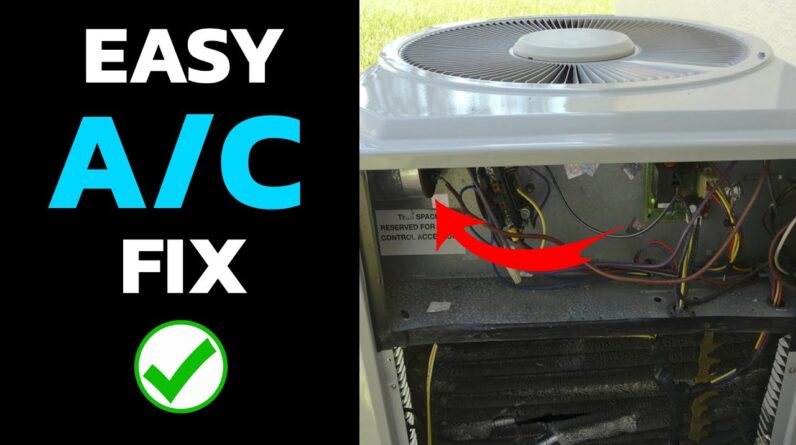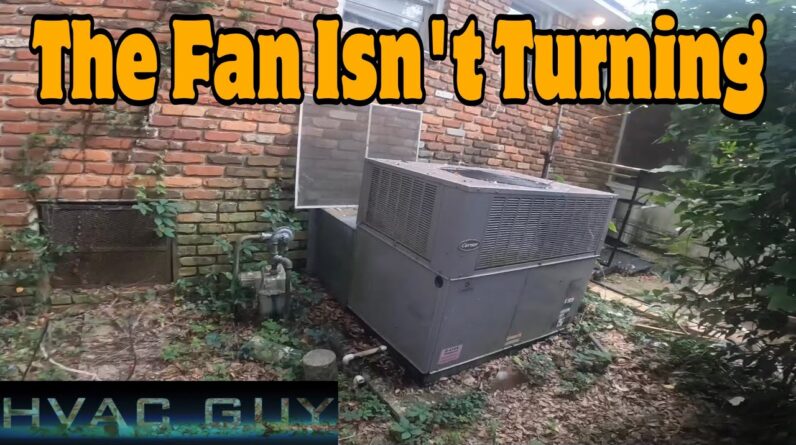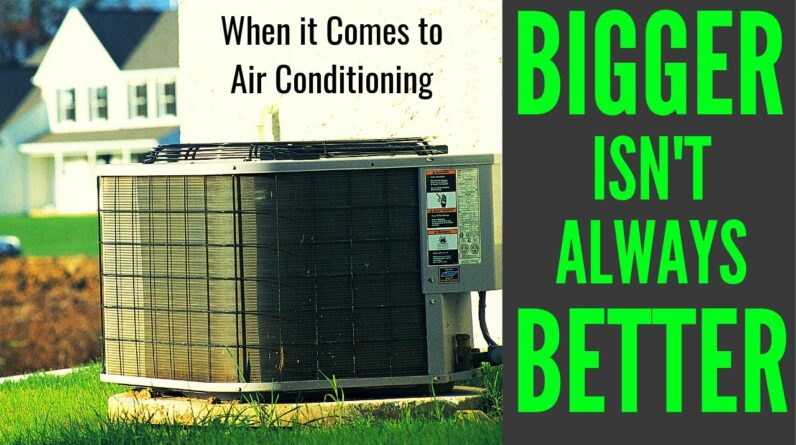Introduction to Troubleshooting Common AC Compressor Issues
In today’s video, we’re going to discuss an interesting issue related to an AC compressor and two calls with similar symptoms but different underlying causes. We’ll begin with an air handler we installed, diagnose a compressor problem, and then investigate two separate cases that had the exact same symptoms but were due to different reasons. By understanding these problems and the steps taken to fix them, you may be able to diagnose and fix similar AC compressor issues in the future.
The Air Handler Installation and Compressor Issue
The story begins with an air handler we recently installed. The customer reported that the unit was not running outside. Upon arriving at the site, the first thing we noticed was the water damage from a fire sprinkler incident. After checking the system, we found out that the compressor was making noises, but interestingly, we were not low on Freon.
Dealing with an Older System and a Contactor Replacement
The AC system in question was on the older side, dating back to 2000. The interior unit was running, but the exterior unit wasn’t. After some investigation, we determined that the issue was due to a faulty contactor. We replaced the contactor and cleaned out the condenser, which resolved the problem.
However, after some time, we returned to the site to find that the contactor needed to be replaced again. This time, instead of simply swapping in another contactor, we also took the time to clean up the condenser and replace the disconnect.
Ant Infestation Complicates the Situation
Ants can cause significant problems within electrical systems, and this case was no exception. We discovered that ants had infested the AC unit and were causing issues with the contactor. After removing the ants and ensuring that the system was functioning correctly, the customer had air conditioning again.
However, there was still one issue – the tenant’s back windows were causing problems with the unit’s cooling efficiency. We advised the tenants to address these issues so that their AC system could operate optimally.
Another No-Cool Dispatch: A Blower Problem
We received another no-cool dispatch call and noticed that the blower was running, but nothing else seemed to be functioning properly. This particular unit was also quite old, and the contact appeared to be pulled in. Upon further inspection, we found that we had 240 volts on both sides of the contactor, which indicated that the issue did not lie with the contactor.
A Failed Capacitor Takes the Blame
The culprit in this case turned out to be a faulty capacitor. The tenant mentioned that the unit was steaming, which was concerning since it wasn’t a heat pump. We verified that the capacitor was rated for 45.5 μF and proceeded to replace it with a new, American-made capacitor. After connecting the capacitor correctly, the system began functioning normally again.
A House with a Mold Problem and another Blower Issue
The last case takes us to a house that had previously experienced a mold problem. We arrived at the site to find a non-functioning blower, making this another instance of a system with similar symptoms to the previous cases. Upon inspecting the unit, we found that the fuse had blown. After replacing the fuse, the blower started working again, and the residents had cool air once more.
Conclusion
As seen in these three cases, similar AC compressor issues can stem from a variety of underlying problems. Taking the time to carefully diagnose the problem will not only save time and effort but also ensure that the system runs efficiently and effectively. By staying vigilant and addressing any issues that arise, both landlords and tenants can enjoy cool, comfortable living spaces.
If you found these case studies helpful and would like to see more similar content, please like and subscribe to our channel. Your support helps us create more valuable content for our viewers, and we appreciate your engagement. Thank you for watching, and stay tuned for more AC troubleshooting adventures!






